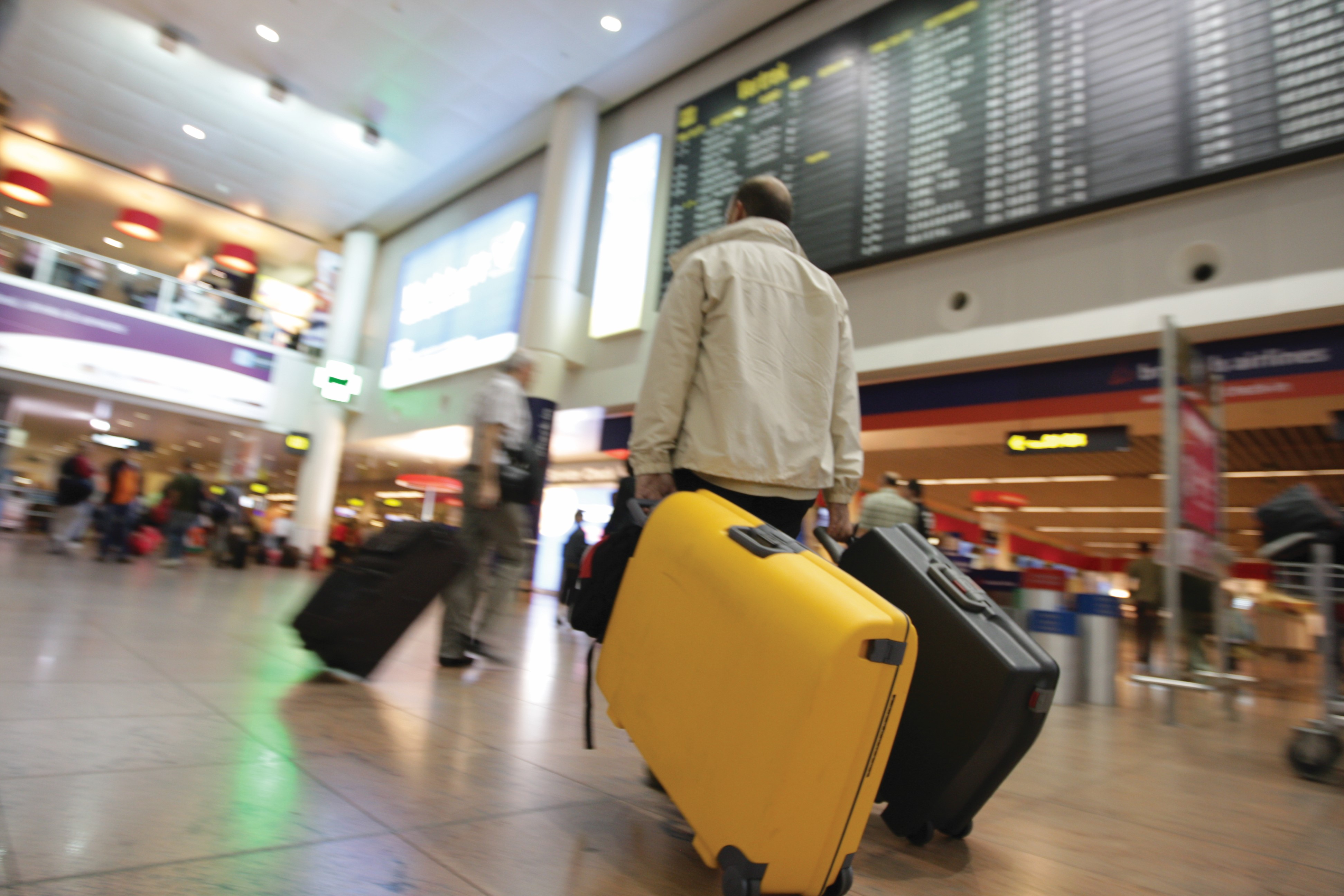


European airports saw a +98% increase in passenger traffic in 2022, reaching 1.94 billion passengers, according to a recent report by ACI EUROPE. Despite passenger traffic doubling compared to 2021, these figures are still -21% below pre-pandemic levels.
Speaking about the results of the report, Olivier Jankovec, Director General, ACI EUROPE, dubbed 2022 a year of success post-covid: “All of this despite geopolitical shocks, deteriorating macro-economics, fast-rising air fares and COVID still being with us. If anything, 2022 has been the year in which we finally learned how to live and travel with COVID-19.”
Figures from the report ranked Istanbul, London Heathrow, Paris CDG, Amsterdam Schiphol and Madrid as the top five European airports of the year.
Additionally, airports in the EU+ market, which includes the EU, EEA, UK and Switzerland, saw a 122% increase in 2022, with the rebound for the UK, Ireland and Finland at +249%, +235% and +187% respectively.
However, even with this increase in passenger traffic, the report revealed just 27% of Europe’s airports have actually made a full recovery to their 2019 passenger traffic levels.
“This is not yet a full recovery,” said Jankovec, “Europe’s airports were still short 500 million passengers in 2022 compared to where they stood before the pandemic hit.”
He also observed the closing of significant gaps in traffic performance between hubs and smaller regional airports, as well as across national markets, with the EU+ market and the rest of Europe both standing at -21% compared to pre-pandemic levels.
Jankovec looks to the future with cautious optimism, despite uncertainty from geopolitical tensions and the ongoing war in Ukraine: “The traffic outlook is getting better thanks to demand headwinds easing somewhat with the reopening of China, recession fears for Europe subsiding and inflation softening.”
These factors will help in reducing current traffic gaps as well as getting more airports closer to their 2019 numbers, said Jankovec.
“However, supply pressures are likely to remain significant given the structural capacity reductions made by most airlines during the pandemic, their strong focus on increasing yields through higher air fares rather than market share, aircraft delivery delays and labour shortages still being an issue in some markets,” he added.
Image: Brussels Airport.





